So, you just traded in your old banger of a car for something that’s a bit more modern and reliable. However, you still want to keep your old plates. Is this possible or even legal? Can you transfer an old license plate to a new car?
There are essentially just four steps for you to do the transfer. You can transfer your license plate from your old car to your new one by following these simple steps. The laws in your state may be different from mine. With that said, you should still check the requirements to be sure.
- Check Out Your State’s DMV Website
- Get and Pass an Emissions Test
- Register Your Car
- Sign on the Dotted Line and Install Your Plates
Read on to learn more about transferring your license plate and other things you can do while at the DMV.
How to Transfer License Plate to New Car
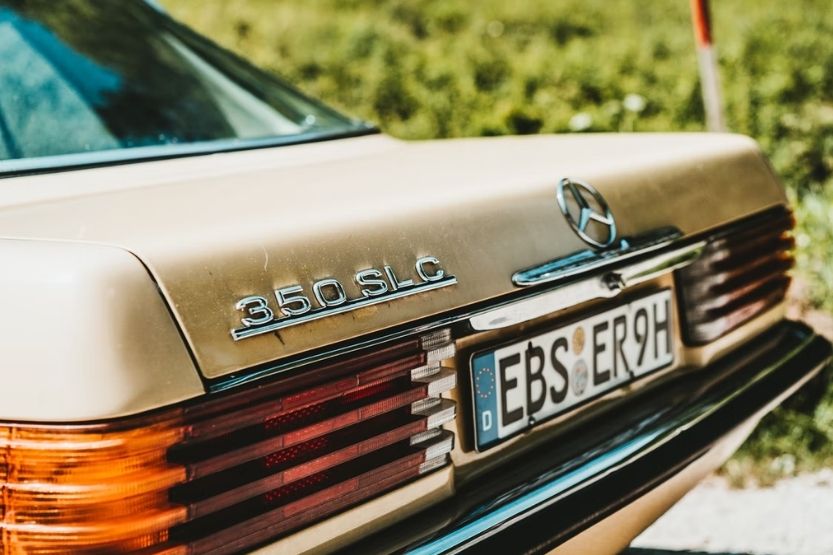
Let’s say you got a vanity plate that you like. Of course, you would want to keep using it on the following vehicles that you will own.
Is it possible to keep your old plates and install them on your new car? The answer is yes. You will also be glad to know that the process is not as complicated as many think. It only requires these basic steps:
1. Check Out Your State’s DMV Website
Log into your state’s DMV website to avoid wasting your time and energy. This is to know what documents you will need to transfer your plates to the new car.
Gather all the required documents before going to the DMV. Familiarize yourself with the procedures, too. By doing that, you somewhat already know what to do when you are there.
Some DMVs also provide an online copy of the forms you need to fill out and submit to the office. Print the forms you need and fill them out at home before going to the DMV.
This will further lessen the hassles you have to go through upon getting there.
2. Get and Pass an Emissions Test
You are registering your new car, so your state might require you to get an emissions test for your vehicle. In Step 1, you have to check the DMV’s website. This includes checking if you need to get your car an emission test. Do not waste your money if it is not a requirement.
If your local DMV requires an emission test result, search online for accredited testing centers near you. Usually, you will find several testing centers within the vicinity of the DMV. Pay one of them a visit.
After that, have your car checked. Suppose it passes the emission test; you have to drive it straight to the DMV. Testing should not take more than fifteen to thirty minutes to finish. If your car did not pass the emission test, bring your car to a mechanic’s garage to fix the problem.
3. Register Your Car
To transfer the new plates to your new car, you need to renew its registration. This will update the records of the vehicle to reflect that it now uses your old license plate. The records will also indicate that your old vehicle no longer uses the same numbers/letters.
Most states require that the car owner and the car appear in person at the DMV. The clerk at the DMV will review and assess your application for license plate transfer. If they check the right boxes, they will finalize your paperwork. You will then need to pay a couple of fees – after which you are done.
In most cases, especially if you register a secondhand car, the DMV clerk may need to inspect the vehicle. This is to check if it has not been tampered with, ensuring that it is not stolen.
They would usually check for tampered or erased VIN markings. They will also look for other signs that tell if the vehicle is not the same car on its registration.
4. Sign on the Dotted Line and Install Your Plates
You should hope for everything to go smoothly and get through the assessment without a hitch. If that happens, the next thing to do is pay the necessary fees. After that, sign on the dotted line of your new registration, then install the new plates on your new car.
Depending on the regulations of your local DMV, you can choose to surrender or keep the old license plates. They work quite nicely as decorations for your garage or man cave if you have one.
When removing your old license plates, the screws may not come off no matter how many times you turn them. This might be because of the security screws used in fastening the plates. These screws can only go one way and are almost impossible to remove, at least in one piece.
With that said, you can use a drill to drill out the old screw carefully. You can learn more about the right license plate screw size here. To learn more about finding a license plate number by VIN, see here: Find License Plate Number.
How Much Will It Cost to Transfer Your License Plate?
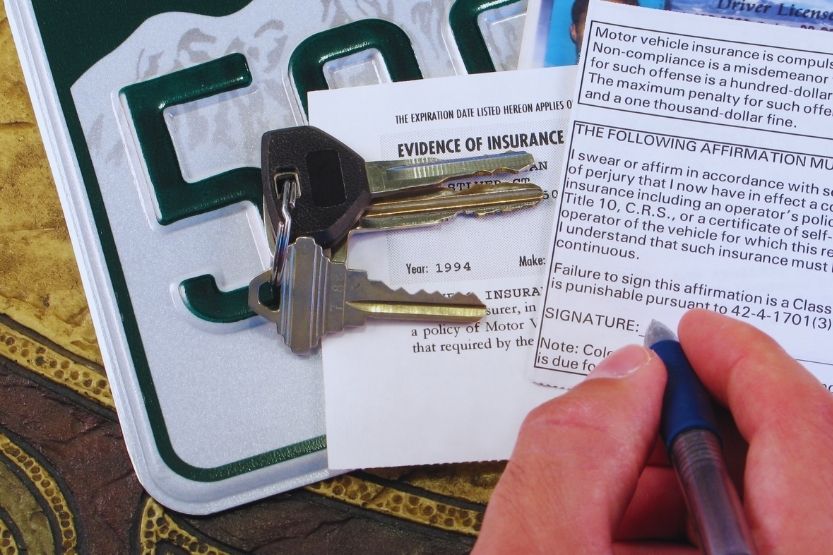
You will have to figure out how much you will be spending during the process. Yes, you will need to pay a couple of fees to transfer your license plate to your new car. Apart from paying for updating your car’s records, you should also settle other state taxes.
Here is a simple breakdown of the average fees to pay if you want to transfer your license plate:
| Fee Type | Cost |
| Registration fee | $20-$25 |
| Registration fee for Electric Vehicles | $130-$250 |
| Title Transfer fee | $15-$50, but can go as high as $260 |
| Emissions Testing fee | $15-$20 |
Aside from the registration fee, you should also pay for a title transfer. This is if you bought the car from a previous owner. This will transfer the license plate to another person, which, in this case, is you.
Again, how to transfer the license plate to a new car? Get your proof of active car registration of your old car, and the title certificate for your new car. Then, follow the procedure listed on the DMV’s website.
Are There Additional Fees for Electric Vehicles?
If you are registering an electric vehicle, you will need to pay a higher registration fee. You will also receive an additional fee on top of the regular fee. In addition, you may pay taxes or state fees depending on where you live.
Electric vehicles have higher registration costs because owners have to pay road user tax or fees. These funds go into the construction and maintenance of the roads.
Gasoline and diesel-powered cars do not need to pay these extra fees. The reason is that the road user’s tax is already part of the taxes on fuels. So, technically, conventional vehicles are still paying the same amount for registration as electric vehicles.
Are you looking for a way to save a bit of money on registration and transfer fees? In most states’ DMVs, you can receive a huge discount if you are a senior citizen. Some DMVs offer huge discounts when paying in advance for a couple of years.
What Happens When You’re Caught with the Wrong License Plates?
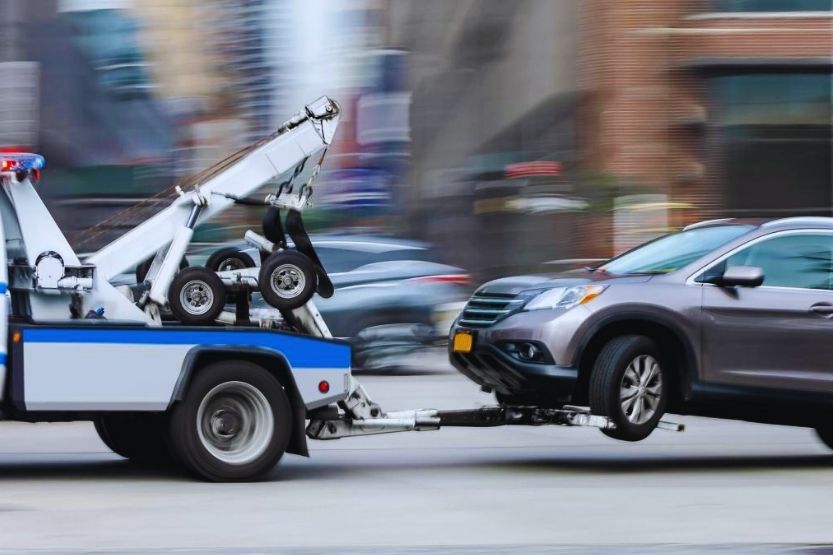
It violates the law in most states if a car uses unregistered license plates. If you live in such a state, you may get pulled over for driving a car with fictitious plates. What will happen if a police officer randomly checks your license plates and discovers you are using illegal plates?
1. Towed and Impounded Car
There is a high chance for your car to be towed and impounded until you clear the issue. In other words, you will be incurring more fees the longer your car stays at the impound lot.
Depending on your state, the typical daily fees that impound lots usually charge are around $75 to $300. You will also be paying the towing fees, around $700, give or take.
2. Seized License Plates
Upon seizing your plates, you may no longer use them on your car. This is even if you try to register it correctly this time around. This defeats the purpose of why you swapped the license plates in the first place.
You may get a ticket usually amounting to $400 because of this. You may also be held in custody until the police find reasons to believe you’re not driving a stolen vehicle.
In addition, you might also be fined for driving without insurance. The reason is that it is almost always the case with unregistered cars.
3. Suspended the Car Registration
Upon clearing things out with the police, you will need to jump through a lot more hoops than usual. This is so you can get your car registered this time around.
It would, therefore, take a long time before you can take your car out on the road again. You may also end up paying more fees than when going through the transfer of license plates correctly and legally.
4. Subjected to a High-risk Traffic Stop
Here’s the worst-case and scariest scenario: you might be subjected to a high-risk traffic stop. This means that the police might assume that your vehicle was stolen and that you’re presumably armed and dangerous.
In that case, you may get pulled over and told to exit the car at gunpoint. If you panic and the police officers think you are a threat, you might even get shot.
As you can see, there is no good reason not to go through proper legal procedures to transfer old license plates legally. You might think that you are not doing anything wrong, and you might be saving some money.
However, considering the steep fines and legal implications, it would be much better to go through the proper channels. This will prevent you from facing more serious issues later on.
In Closing
Transferring your old license plate to your new car requires four simple steps. To be specific, here are these basic steps:
- Check Out Your State’s DMV Website
- Get and Pass an Emissions Test
- Register Your Car
- Sign on the Dotted Line and Install Your Plates
Your state DMV may have different requirements. This makes it necessary to check out their website to be on the safe side. It may seem like a lot of trouble, but you are required by the law to transfer the license plate legally.
This is true even if you already paid for a vanity plate. Using another car’s license plates is against the law. You may even get accused of driving a stolen vehicle, even if you are not.
Save yourself from all the hassles and legal problems by going through the proper steps of transferring your license plates.
Read next:

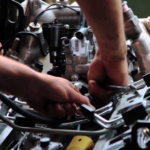
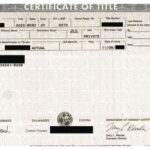
![How to Read a Dipstick [Easy Steps and Tips] how to read a dipstick](https://roadsumo.com/wp-content/uploads/2022/01/how-to-read-a-dipstick-150x150.jpg)
![How to Use Fix-a-Flat [8 Easy Steps] how to use fix-a-flat](https://roadsumo.com/wp-content/uploads/2022/03/how-to-use-Fix-a-Flat-150x150.jpg)

![How to Put Chains on Tires [Easy Steps] how to put chains on tires](https://roadsumo.com/wp-content/uploads/2022/01/how-to-put-chains-on-tires-150x150.jpg)

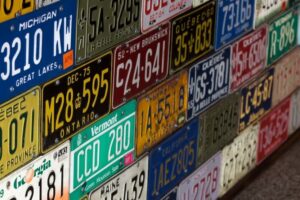
![Read more about the article What Is GCWR? [Meaning and How to Calculate]](https://roadsumo.com/wp-content/uploads/2022/07/what-is-gcwr-300x200.jpeg)